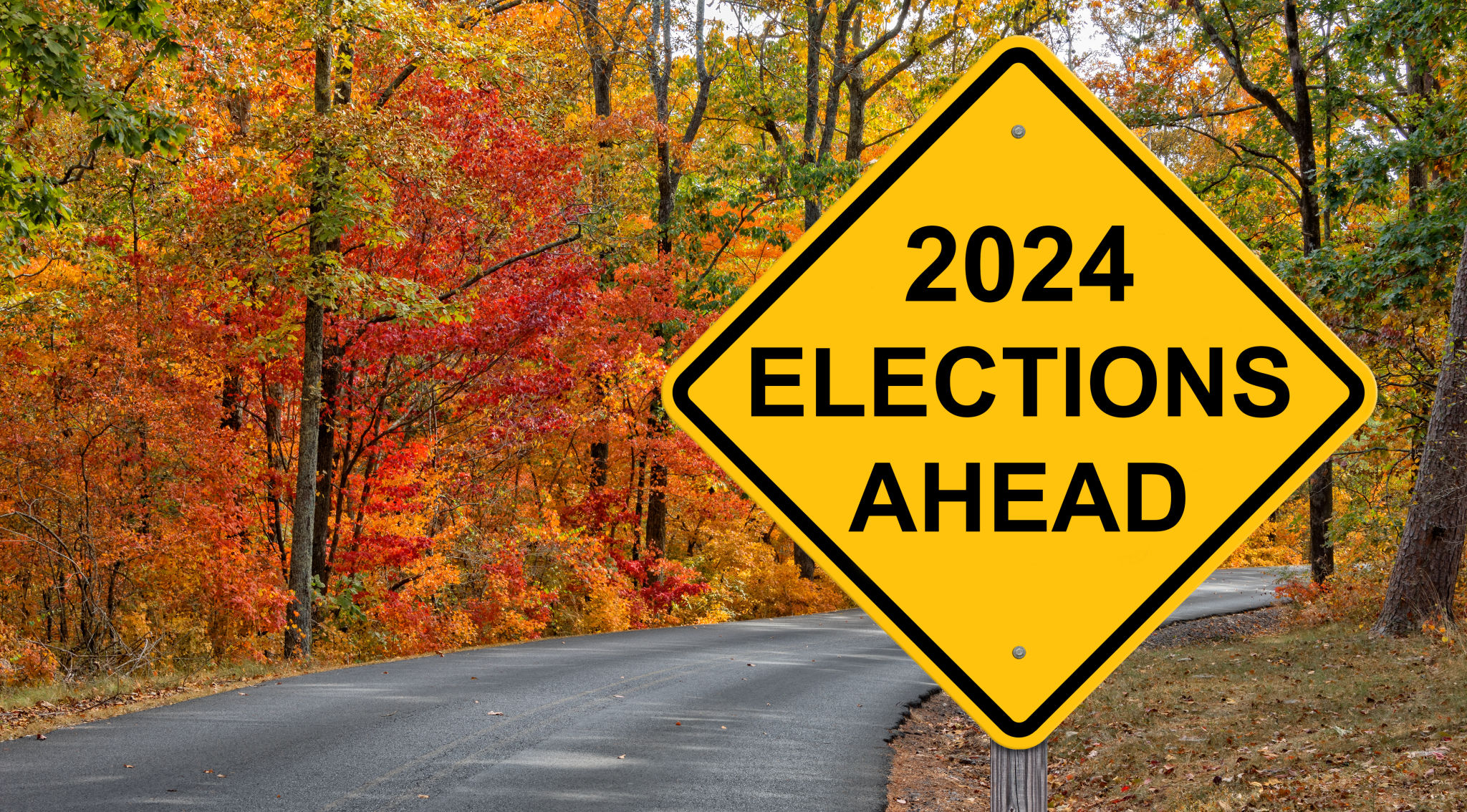How to Create a Winning Content Strategy for Seasonal Campaigns
ss
Understanding the Importance of Seasonal Campaigns
Seasonal campaigns are a crucial aspect of any marketing strategy, allowing businesses to capitalize on times of high consumer interest and spending. Whether it's the holiday season, back-to-school period, or summer sales, these campaigns can significantly boost visibility and sales when executed correctly. To maximize their effectiveness, a well-crafted content strategy is key. By aligning your content with seasonal trends and consumer behaviors, you can create a more engaging and successful campaign.

Research and Identify Seasonal Trends
The first step in creating a winning content strategy for seasonal campaigns is conducting thorough research. Understand the trends relevant to your industry during different seasons. Use tools like Google Trends, social media insights, and industry reports to gauge what topics and products are gaining traction. Identifying these trends will help you tailor your content to meet the expectations and interests of your target audience.
Analyze Competitor Strategies
Analyzing what your competitors are doing can provide valuable insights into what's working in your industry. Look at their previous seasonal campaigns to understand their strengths and weaknesses. Pay attention to the types of content they produce, the platforms they use, and the timing of their campaigns. This analysis can inform your strategy and help you find ways to differentiate your brand.
Set Clear Goals and Objectives
Before diving into content creation, it's essential to set clear goals and objectives for your seasonal campaign. Determine what you want to achieve, whether it's increasing brand awareness, driving website traffic, or boosting sales. Having specific objectives will guide your content strategy and help you measure its success. Ensure your goals are SMART: Specific, Measurable, Achievable, Relevant, and Time-bound.

Create a Content Calendar
A well-structured content calendar is vital for managing your seasonal campaign effectively. It allows you to plan content topics, formats, and publication dates in advance. This ensures a consistent flow of content and helps avoid last-minute rushes. Include important dates related to the season, such as holidays or sales events, to align your content with these key moments.
- Plan content formats: blogs, videos, social media posts
- Schedule publication dates
- Align with key seasonal dates
Develop Engaging Content
Creating engaging content is at the heart of any successful campaign. Use a mix of content types to cater to different audience preferences. For instance, blog posts can provide in-depth information, while social media posts offer quick, engaging snippets. Consider incorporating user-generated content or interactive elements like polls and quizzes to enhance engagement.

Leverage Emotional Appeal
Seasonal campaigns offer an excellent opportunity to connect with your audience on an emotional level. Use storytelling techniques to create relatable content that resonates with the emotions associated with the season. Whether it's the joy of holiday giving or the excitement of summer adventures, tapping into these feelings can make your campaign more memorable and impactful.
Measure and Optimize Your Campaign
Once your campaign is live, it's crucial to monitor its performance regularly. Use analytics tools to track key metrics such as engagement rates, conversion rates, and ROI. Analyzing this data will help you understand what aspects of your strategy are working and what needs improvement. Be prepared to make necessary adjustments to optimize your campaign's performance.

Learn from Each Campaign
After the campaign concludes, conduct a comprehensive review to identify lessons learned. Evaluate what strategies were successful and which areas fell short. Use these insights to refine future campaigns, ensuring continuous improvement in your content strategy for seasonal campaigns.